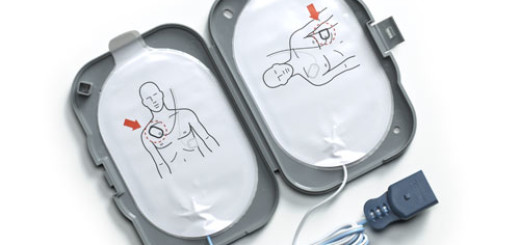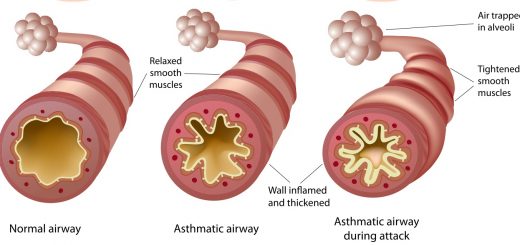How to Check for Breathing
In an unconscious victim, all the muscles are relaxed. This causes the tongue to obstruct the airway. The risk can be eliminated by carefully tilting the head back and lifting the chin. This is how you open the airway.
- Place your hand on his forehead and carefully tilt his head back.
- Keep your thumb and forefinger free to pinch his nostrils if you have to give rescue breaths.
- Place the fingertips of your other hand under the tip of the casualty’s chin.
- Lift the chin to open the airway.
Do not press the soft area under the chin. This can make breathing more difficult.
How to Check for Breathing
Check that the casualty is breathing normally while keeping the airway open. Look whether the chest is moving up and down. Listen for sounds of breathing at the casualty’s mouth. Feel for breath by presenting your cheek.
When checking whether the casualty is breathing normally, look, listen and feel for no more than 10 seconds. In the first few minutes after cardiac arrest it often appears as if the casualty is trying to breathe. It can appear as if the casualty is barely breathing or is taking infrequent noisy gasps.
Bystanders often interpret these movements as normal breathing. In fact, they are the last ‘gasps’ of a body in the throes of death. You should not confuse this with normal breathing.
If you are not sure whether the casualty is breathing normally then proceed as if breathing has failed and immediately send for an AED and commence CPR whilst awaiting medical help.







I had no idea that you could misinterpret breathing for someone’s last breaths. I’m so glad I know that now!
I had no idea how to check for breathing
I know that now thanks